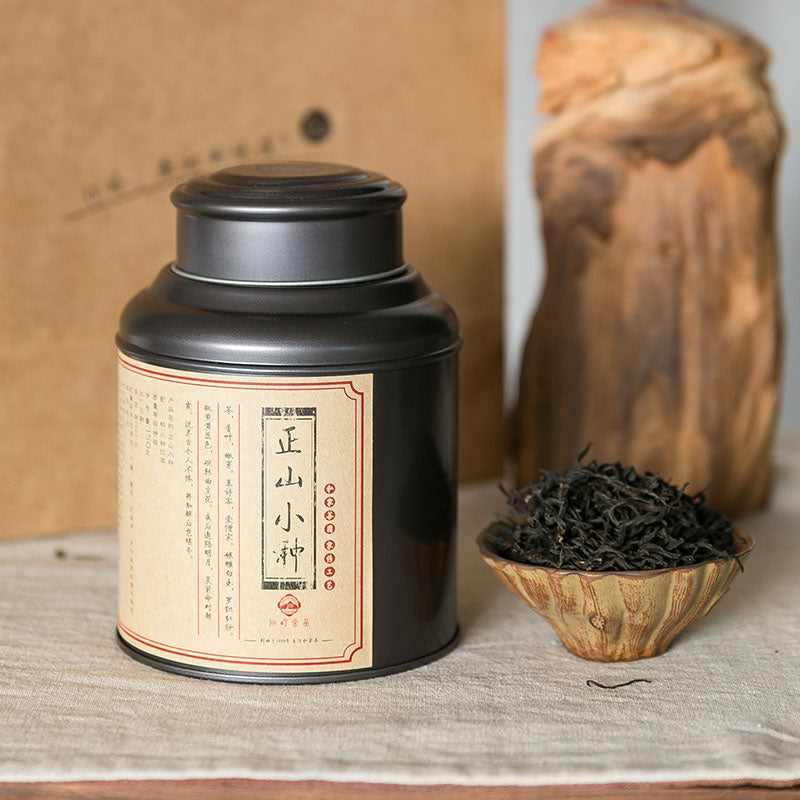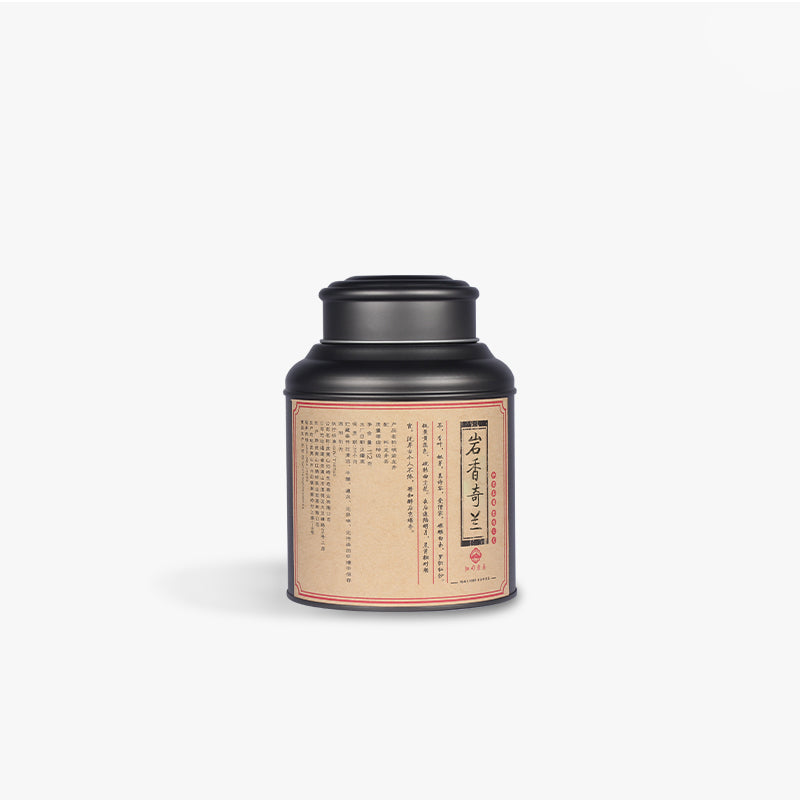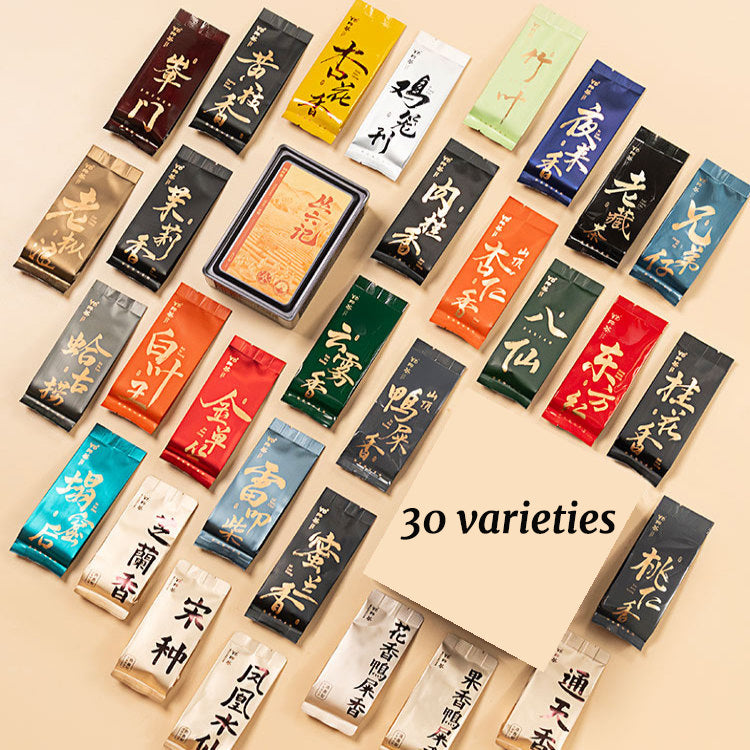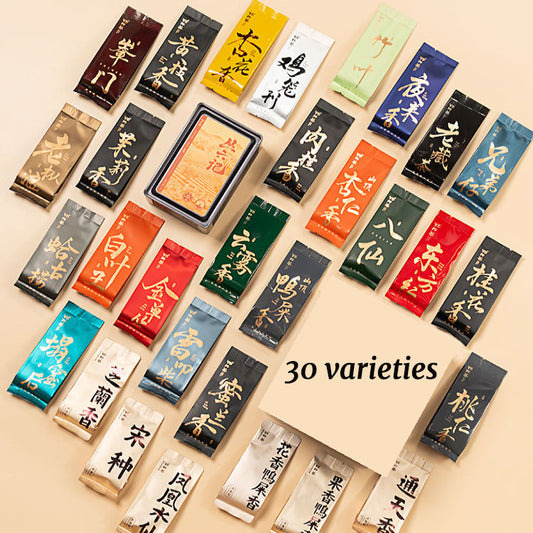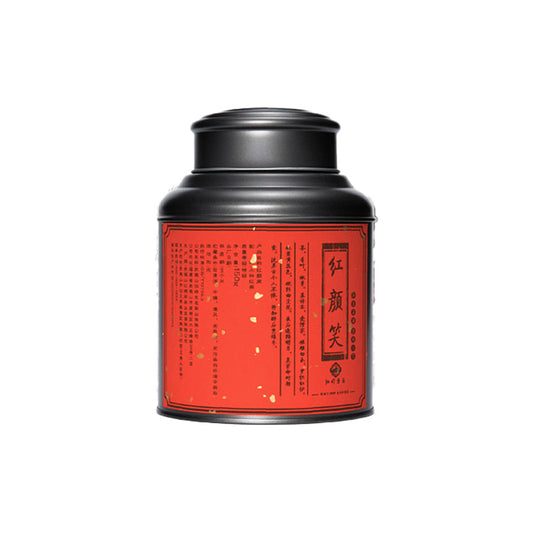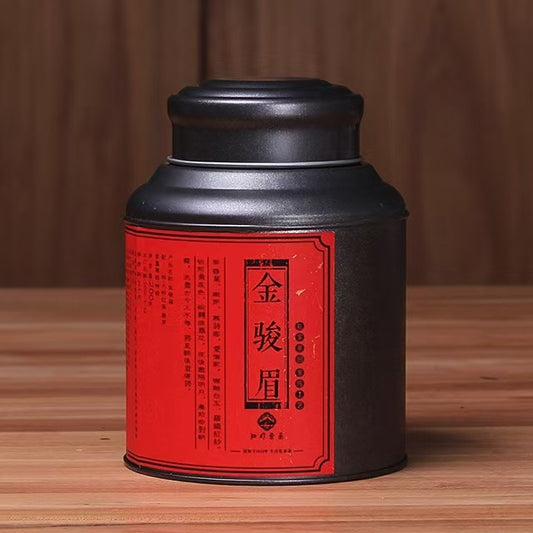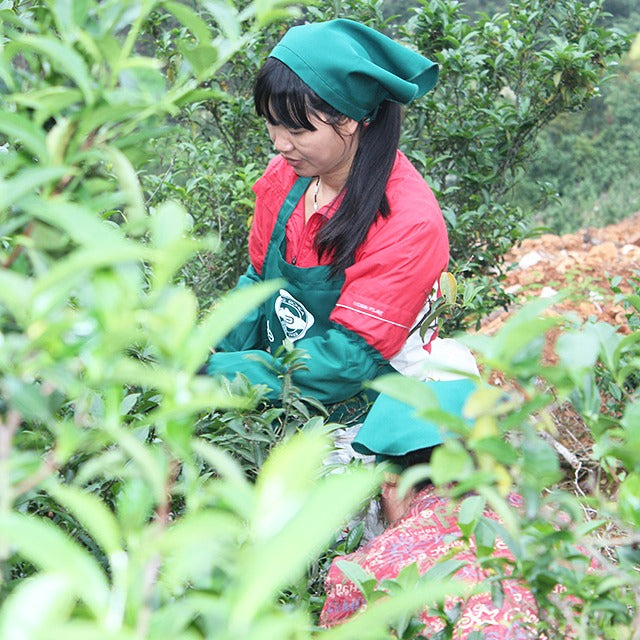Tea Names Demystified A Journey Through Tradition and Taste
Tea Names Demystified A Journey Through Tradition and Taste
Navigating the world of tea can sometimes feel like unraveling an ancient map, where each name is a portal to a different time and place. From the verdant hills of Hangzhou to the rugged landscapes of Fujian, every tea name tells a story that encompasses heritage, skill, and a deep connection to the land. Let's embark on a journey through some of these evocative names, exploring what makes each one a treasured choice for tea enthusiasts.
Longjing, or Dragon Well, is a name that carries the weight of a centuries-old legend. This celebrated green tea hails from the picturesque West Lake region of Hangzhou, China. The story goes that the "Dragon Well" was a mystical spring capable of summoning beneficial rain to the fields. Known for its distinct flat, emerald leaves, Longjing offers a bright, nutty flavor, reminiscent of the lush gardens where it originates. Its craftsmanship is an intricate dance, requiring skilled hands to perfectly pan-fry each leaf, sealing in that iconic aroma. When you sip Longjing, you're tasting the culmination of generations of dedicated farmers perfecting their art.
Moving south to the misty mountains of Wuyi in China's Fujian province, we encounter the majestic Da Hong Pao, or Big Red Robe. This oolong tea's dramatic name is matched by an equally captivating story. Legend has it that this tea saved an emperor's life, and in gratitude, he bestowed red robes upon the tea bushes. Da Hong Pao is known for its robust, mineral-rich body and a seemingly endless complexity that unfurls with every infusion. Its leaves are roasted with care, a process that echoes the rugged, rocky landscape from which it springs. With each cup, Da Hong Pao offers a taste of the rich tapestry of history and geology that defines the Wuyi region.
And then there's the elegant Jin Jun Mei, another gem from Fujian, known for its striking golden tips. This black tea is a relative newcomer in the grand historical timeline of tea, yet it has quickly captured the hearts of connoisseurs. Harvested from the early spring buds of Wuyi, the crafting of Jin Jun Mei is meticulous, involving a careful withering and oxidation process that imparts it with a succulent, honey-like sweetness. Each sip is a reminder of springtime's first breath, a nod to the fresh beginnings from which it was born.
As you explore these storied teas, remember that each name encapsulates not just the essence of the tea itself but the spirit of the land and people who nurture it. Whether you find yourself drawn to the nutty embrace of Longjing, the mineral depths of Da Hong Pao, or the sweet allure of Jin Jun Mei, know that you are participating in a rich global tradition. Tea is not just a drink; it's an invitation to slow down, flavor by flavor, story by story. So next time you lift your cup, pause for a moment and let the name guide you on a journey of discovery.

